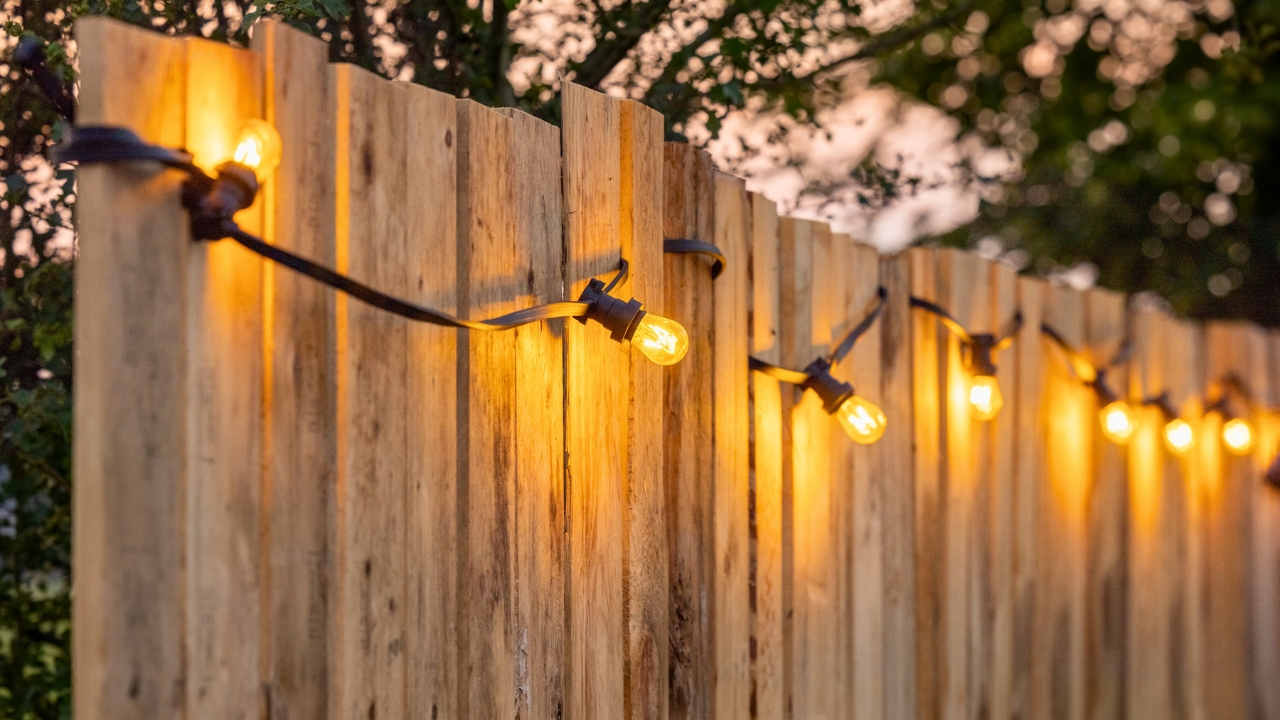What your outdoor lighting says about how your home is cared for
People read outdoor lighting as a care signal. A porch that glows warmly, a path that’s easy to follow, and a house number you can see from the street quietly tell visitors, “we pay attention here.” Harsh floods, dead bulbs, and random color temperatures say the opposite.
You don’t need a landscape crew. You need a simple plan and warm bulbs.
Light the threshold first
The front door is the handshake. Replace pitted fixtures, clean glass, and choose warm white bulbs. If your porch is dark, add a matching second sconce or a pendant centered over the door. The goal is even, welcoming light that flatters faces and makes keys easy.
Use a dusk-to-dawn sensor or a smart bulb so it’s on when it should be without you babysitting.
Mark the path with low, consistent points
Path lights belong where feet go, not every three feet like an airport runway. Place them at turns, grade changes, and edges—driveway meetups, steps, and tight corners. Keep fixtures all one style and temperature so the line looks intentional. Solar is fine if you buy decent ones and stick to warm tones.
Consider one timer for the path zone so everything clicks on together.
Wash, don’t blast, the facade
A few low-wattage uplights on larger shrubs or trees give you depth without lighting the house like a stadium. Aim lights to graze the surface, not hit windows. You want soft dimension that makes brick and siding look rich, not hot spots that glare.
Shield fixtures so you’re not sending light into the sky or your neighbor’s bedroom.
Light numbers and practical touchpoints
House numbers should read from the street at night. Backlit numerals or a small sconce above the plaque solve it. Add a motion light where you unload groceries and a tiny puck or strip under a handrail for steps. Practical lights are care signals, too.
Replace burned-out bulbs quickly. One dead light is louder than you think.
Match color temperature across zones
Mixing cool blue and warm yellow outside looks chaotic. Choose warm (2700K) everywhere—porch, path, landscape, garage. Your paint color and plantings will look better, and your house will photograph cleaner if you ever list or share.
If you use seasonal string lights, keep them warm to match the rest.
Consider the backyard view from inside
Light what you see from your windows—a tree line, fence, or seating zone—so the yard doesn’t turn into a black mirror at night. Even a few solar lanterns on a timer make evening rooms feel bigger because your eye moves past the glass.
Turn off glare-y floods that bounce straight back into your living room.
Keep fixtures clean and hardware consistent
Dirty shades and rusty screws make lights look cheap. Wipe glass, tighten mounts, and match metals to your door hardware for a cohesive read. A small can of spray paint in the right finish refreshes faded fixtures if replacement isn’t in the budget yet.
Check for bugs in enclosed shades. A quick clean changes the whole look.
Outdoor lighting isn’t decoration. It’s how your home says “welcome,” “we’re safe,” and “someone cares.” Warm the threshold, mark the path, wash the facade, light the numbers, and keep the tone consistent. Your house will look better, and living there at night will feel better, too.
Like Fix It Homestead’s content? Be sure to follow us.
- I made Joanna Gaines’s Friendsgiving casserole and here is what I would keep
- Pump Shotguns That Jam the Moment You Actually Need Them
- The First 5 Things Guests Notice About Your Living Room at Christmas
- What Caliber Works Best for Groundhogs, Armadillos, and Other Digging Pests?
- Rifles worth keeping by the back door on any rural property
*This article was developed with AI-powered tools and has been carefully reviewed by our editors.







